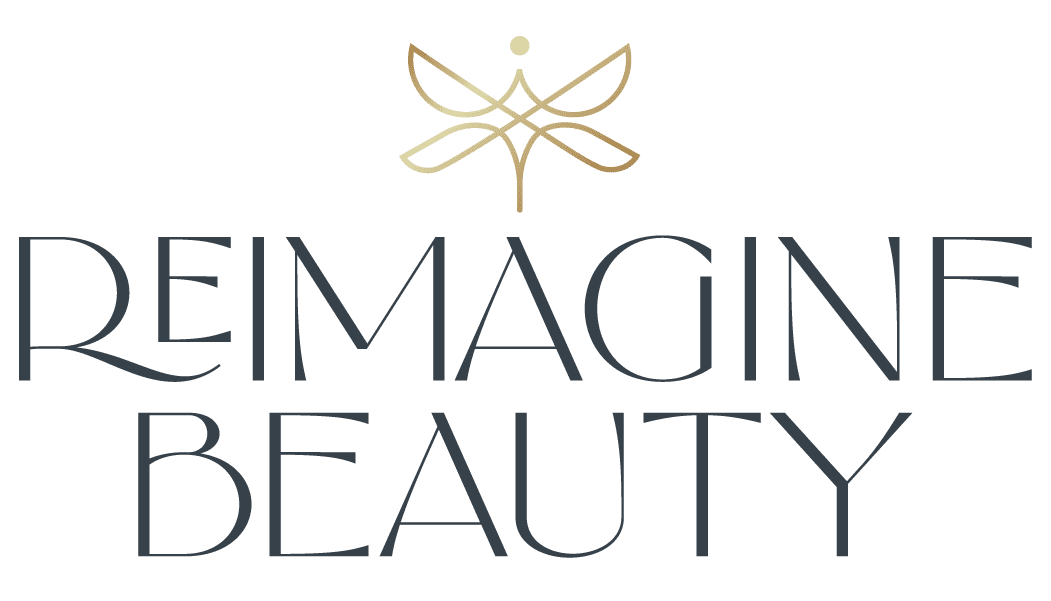Botox, a household name in the world of aesthetic treatments, is often surrounded by myths and misconceptions. To truly appreciate its benefits and dispel any confusion, it’s essential to delve into the science behind Botox. In this blog, we’ll explore the origins of Botox, how it works, its applications, and what to expect from the treatment.
The Origins of Botox
Botox is derived from Botulinum toxin, a protein produced by the bacterium Clostridium botulinum. While the term “toxin” might sound alarming, in controlled and minuscule doses, Botox has been proven safe and effective for various medical and cosmetic applications. The journey of Botox began in the 1970s when it was initially used to treat strabismus (crossed eyes) and blepharospasm (uncontrollable blinking). Its cosmetic benefits were discovered serendipitously, leading to its approval by the FDA for aesthetic use in 2002.
How Botox Works
The primary mechanism of Botox involves blocking nerve signals to the muscles where it is injected. Normally, nerves release a chemical messenger called acetylcholine at the junction where the nerve endings meet muscle cells. Acetylcholine attaches to the receptors on the muscle cells and causes the muscle cells to contract or shorten.
Botox inhibits the release of acetylcholine, preventing the muscle cells from contracting. This temporary relaxation of the muscle reduces the appearance of fine lines and wrinkles, giving the skin a smoother, more youthful look. The effects of Botox typically last between three to six months, after which the muscle action gradually returns, and the treatment can be repeated.
Medical and Cosmetic Applications
While Botox is widely recognized for its cosmetic applications, it has several medical uses as well. Here are some common uses:
Cosmetic Applications:
-Wrinkle Reduction: Botox is most commonly used to reduce the appearance of dynamic wrinkles, such as crow’s feet, forehead lines, and frown lines between the eyebrows.
-Facial Contouring: It can also be used for jawline contouring and to lift the corners of the mouth.
Medical Applications:
-Chronic Migraines: Botox has been approved for the treatment of chronic migraines, offering relief for those who suffer from frequent, debilitating headaches.
-Hyperhidrosis: For individuals with severe sweating issues, Botox can help reduce excessive sweating by blocking the nerves that trigger sweat glands.
-Muscle Spasms: It is used to treat muscle stiffness and spasms in conditions such as cervical dystonia and spasticity due to multiple sclerosis or cerebral palsy.
What to Expect from a Botox Treatment
If you’re considering Botox, it’s essential to consult with a qualified and experienced practitioner. Here’s what you can generally expect during the process:
1. Consultation: Your practitioner will assess your medical history, discuss your aesthetic goals, and explain the procedure.
Procedure: The treatment involves a series of small injections using a fine needle. The number of injections and the precise locations will depend on the areas being treated.
Aftercare: The procedure is quick, typically taking about 10-15 minutes, with no downtime required. You may experience slight redness or swelling at the injection sites, but this usually subsides within a few hours.
Results: You can expect to see noticeable results within a few days, with the full effect visible in about one to two weeks.
Conclusion
Botox is a powerful tool in both the medical and cosmetic fields, offering a non-invasive solution for a variety of concerns. Understanding the science behind Botox helps demystify the treatment and highlights its benefits when administered by skilled professionals. If you’re interested in Botox, consulting with an expert can provide you with personalized insights and ensure a safe, effective treatment tailored to your needs.
Embrace the science of beauty and the potential it holds with Botox—an innovation that continues to transform lives and boost confidence worldwide.

